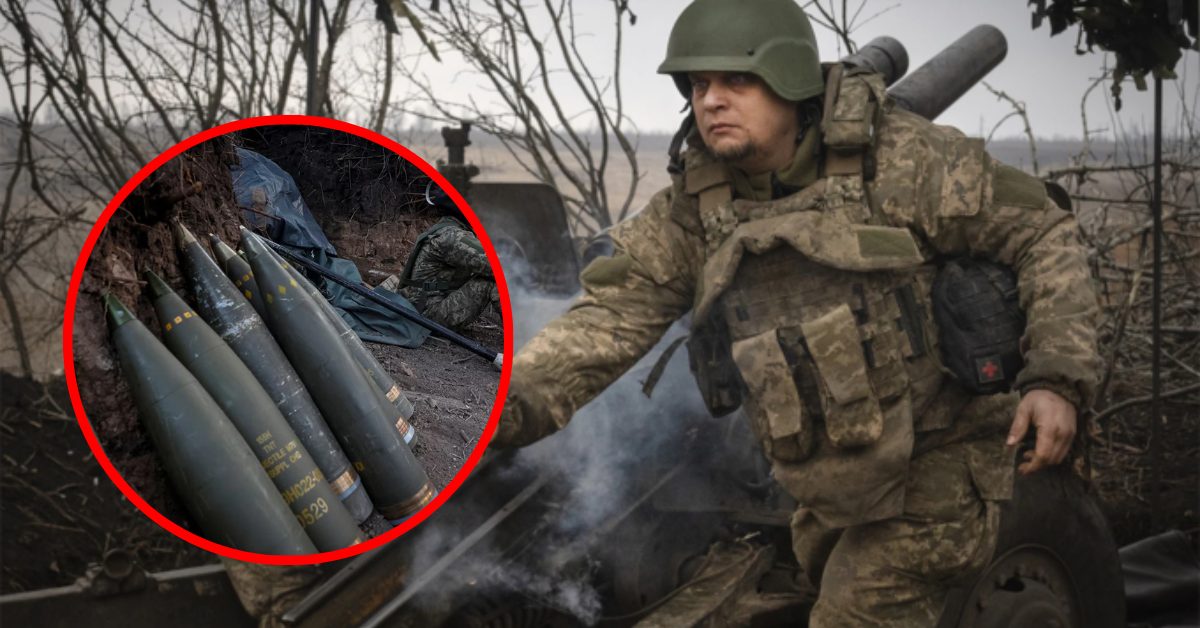Touted as the world’s most technologically advanced fast attack submarine, the USS South Dakota is set to join the US Navy fleet amid a growing threat to American undersea dominance from several foreign rivals.
Operating beneath the ocean’s surface, a submarine’s strategic value is often tied directly to its ability to navigate in or near enemy waters without being detected to conduct reconnaissance or attack missions.
For years, the United States has maintained a technological edge over the submarines developed by rival nations, but recent advances made by Russia and China have sparked concerns of an emerging threat to American undersea superiority.
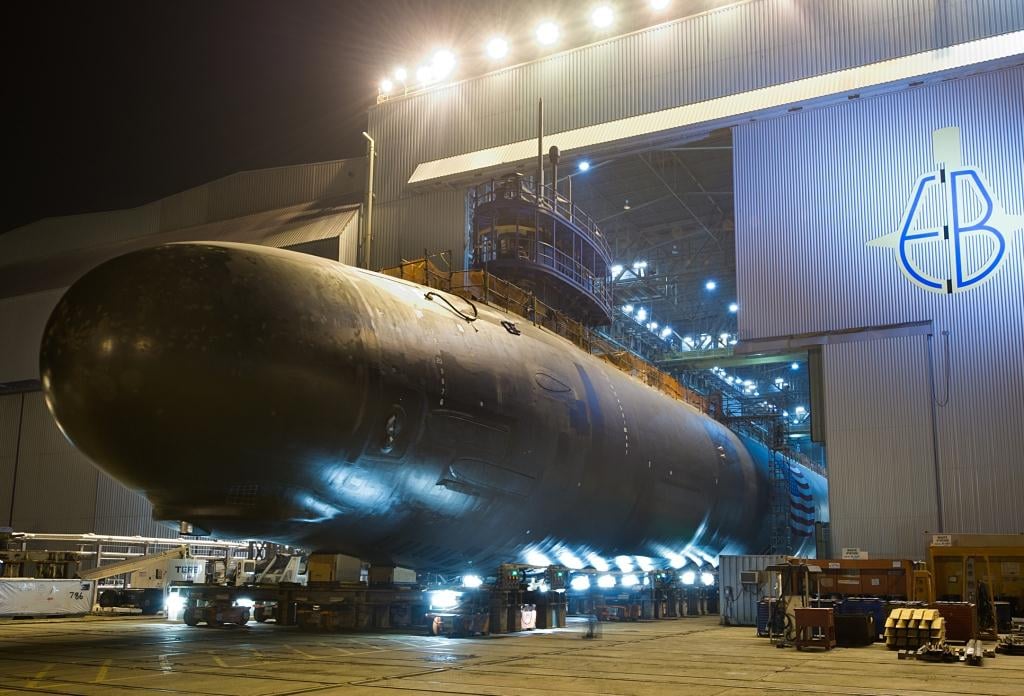
Christened earlier this month, the nuclear-powered USS South Dakota marks the US Navy’s latest effort to maintain that edge and provides a technological blueprint for future development.
Virginia-class submarines currently cost roughly $2.7 billion each.
The Navy’s 70-boat submarine fleet is made up of three major types of boats: ballistic-missile submarines, attack submarines, and cruise-missile submarines.
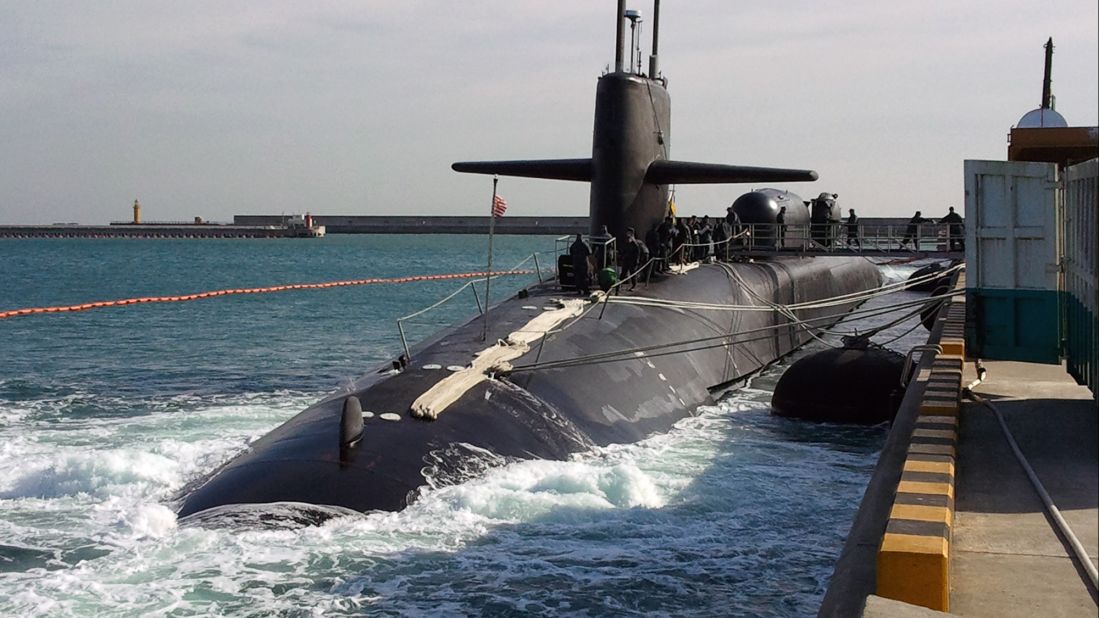
The Navy currently fields 17 Virginia-class fast attack submarines, which are built to operate in the world’s littoral and deep waters.
Virginia-class submarines can launch torpedoes at other submarines and at ships. They can also launch missiles at ground targets, gather intelligence, and deploy Navy SEAL units for special operations.
“Their inherent stealth, endurance, mobility and firepower directly enable them to support five of the six maritime strategy core capabilities – sea control, power projection, forward presence, maritime security and deterrence,” the Navy said.
Incorporating “acoustic superiority” that is expected to provide unparalleled stealth capability, the USS South Dakota will be used as a “demonstrator to prove out advanced technologies,” according to Navy spokesperson Lt. Seth Clarke.

Lessons learned from South Dakota will be incorporated into later Virginia-class submarines – “increasing our undersea domain advantage, ensuring our dominance through the midcentury and beyond,” Clarke said.
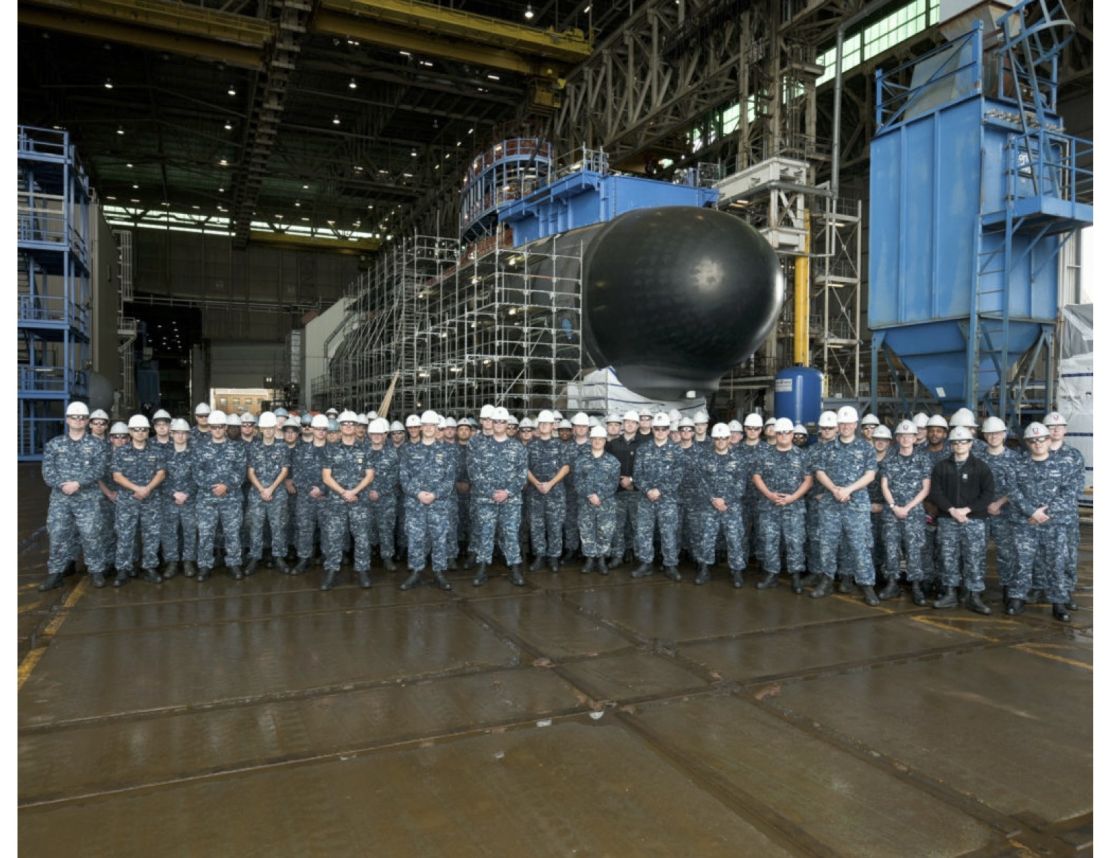
“Stealth capability is one of the crucial advantages of submarines … the Virginia-class brings capability and capacity that is so crucial as we head into potential peer conflict down the road.” according to Randy Forbes, a former US representative who served as chairman of the Seapower and Projection Forces subcommittee of the House Armed Services Committee while in Congress.
The 360-foot USS South Dakota is scheduled to officially enter the fleet in August 2018.
The Navy plans to upgrade its Virginia-class boats while developing the next-generation, nuclear-armed Columbia-class.
One of those upgrades includes outfitting Virginia-class submarines with additional “Virginia Payload Modules” for Tomahawk or next-generation missiles to provide more strike capacity.
Most Virginia-class submarines currently feature two Virginia Payload Tubes, each capable of launching six Tomahawk cruise missiles, according to the Navy.
Expected to be operational by 2024 or 2025, that added firepower will help fill the gap as the Navy plans to retire several of its aging fast-attack and ballistic-missile submarines in coming years, according to Jerry Hendrix, a retired Navy captain and senior fellow at the Center for a New American Security.

Brewing submarine rivalry
Forbes said the United States has traditionally been able to track foreign submarines but recent advancements made by the Chinese and Russians highlight the need for developments like those seen on the USS South Dakota to maintain American undersea dominance.
Russia has invested heavily in developing its own underwater stealth capabilities in recent years and their submarine technology is approaching the level of the US fleet, much like the peer-to-peer comparison seen during the Cold War, according to one congressional aide familiar with the issue.
While the Russian military is not necessarily building a large quantity of submarines, it is developing boats with advanced quieting capabilities that are “very competitive” with those in the US fleet, said Hendrix.
“Russia is modernizing its existing fleet of Oscar-class multipurpose attack nuclear submarines and producing their next generation Severodvinsk Yasen-class,” US Pacific Command chief Adm. Harry Harris told the House Armed Services Committee earlier this year.
“The Russians are making a leverage investment … with submarines you don’t have to build a lot of them,” according to Hendrix.
The United States has also recently noticed an uptick in Russian submarine activity – conducting “spurts” of heavy patrols across various regions, according to the aide and a US Navy official.
“They can’t maintain the presence we do with 24/7 operations, but this activity is meant to push the boundary and to see what the US reaction will be,” the aide said.
But while the United States continues to monitor foreign submarine activity, the increase in Russian patrols is widely viewed as presence and testing maneuvers that do not pose an immediate military threat.
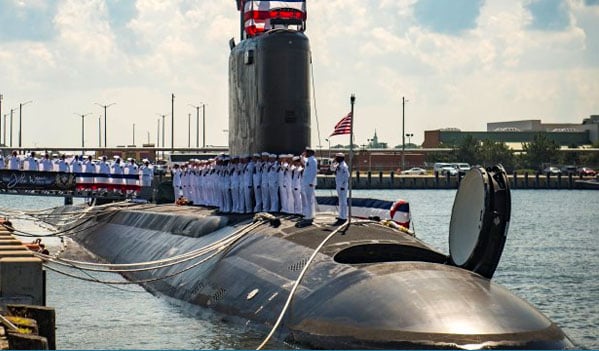
In 2016, US Navy commanders told CNN that Russian submarines had become increasing assertive in the Atlantic Ocean and that their undersea activity was reaching levels unseen for decades.
The commander of the USS Missouri submarine, Fraser Hudson, assessed at the time that the renewed Russian activity is not just “a political statement but the Russians are seeking to gain experience in case hostilities were ever to break out between it and the United States.
“Honestly, I think it’s operational experience. You maintain the experience in those (areas of responsibility) so that if anything were ever to happen, they have experience,” he said last year.
A Russian sub also turned up off the coast of Florida in 2012, and the USS Missouri was called on to track it.
In addition to flexing their military muscle in an attempt to show “they still are or want to be a dominant super power,” the Russians are also trying to test whether their submarines can travel for long periods without being detected, according to the aide.
“The Russians are probably at about 80% of the capacity they were at during the Cold War,” according to Forbes, who also noted that they are constantly pushing the envelope in terms of capability.
China, on the other hand, is opting for a quantity over quality approach when it comes to building up its own submarine fleet.



